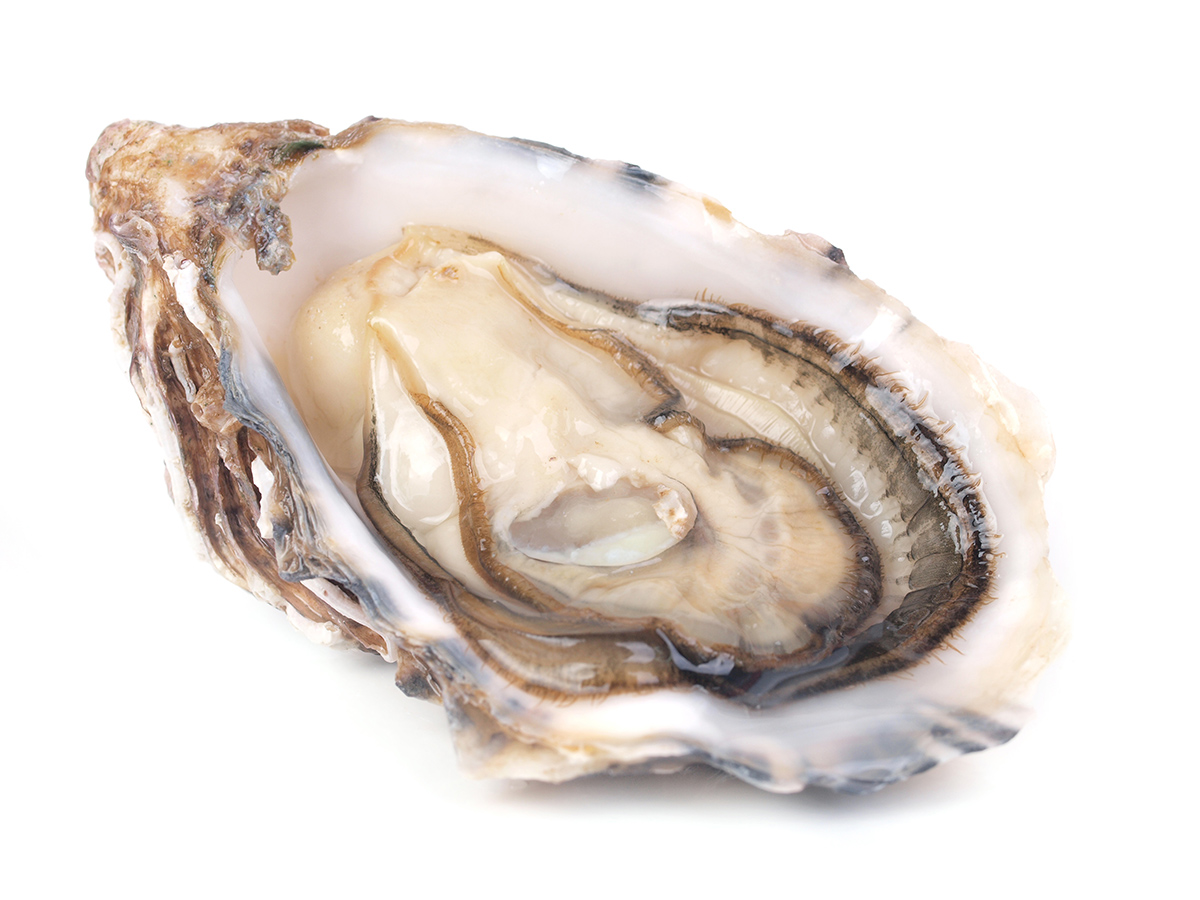Fast Action Needed to Protect Shellfish from Acidic Ocean, State Panel Warns

Contact: dkenney@mbl.edu; 508-685-3525
Shellfish and lobsters are under siege by an increasingly acidic ocean, warns a report released this week by a Massachusetts commission of lawmakers, regulators, and marine scientists.
Ocean acidification causes shellfish to form weaker, smaller shells, making them more vulnerable to predation and their offspring more likely to perish. This environmental threat has dire economic implications for Massachusetts, whose seafood economy in 2016 alone supported 87,000 jobs and generated $7.7 billion in sales, the vast majority coming from scallops and lobsters.
“The two major drivers of ocean acidification are very different, but both are important,” said Anne Giblin, director of the Ecosystems Center at the Marine Biological Laboratory (MBL) and one of the commission members charged with identifying the science behind ocean acidification.
In open offshore waters, such as the Gulf of Maine, the main driver of acidification is excess carbon dioxide (CO2) in the atmosphere due to human activities. Up to 30 percent of this CO2 is absorbed by the ocean, which makes it more acidic (lower pH).
 Mollusks such as the eastern oyster, sea scallop, and Atlantic surf clam are the most vulnerable among shellfish to ocean acidification. Southeastern Massachusetts has the highest mollusk harvest revenues of any coastal area in the United States, according to NOAA Fisheries.
Mollusks such as the eastern oyster, sea scallop, and Atlantic surf clam are the most vulnerable among shellfish to ocean acidification. Southeastern Massachusetts has the highest mollusk harvest revenues of any coastal area in the United States, according to NOAA Fisheries.In coastal waters, the main driver of acidification is nutrient pollution from sources such as sewerage and septic systems, and fertilizer for crops and lawns. Nutrient pollution leads to excessive growth of algae and marine plants, which starves the coastal habitat of oxygen and can suffocate the marine organisms living there. When they die and decompose, they release CO2, leading to a sharp, localized increase in ocean acidification.
The commission proposes several actions to prevent and manage the damage of ocean acidification, which has increased rapidly since the Industrial Revolution.
“The state legislature has proposed a climate plan that would reduce state CO2 emissions, and they are now in negotiations with the governor over the details,” Giblin said. “Massachusetts alone can’t solve the global CO2 problem, but I hope the plan will be passed because we really need to start going down that path.”
Along with shellfish, other marine species may be impacted as the ocean acidifies (the pH of the water decreases). MBL Ecosystems Center Director Anne Giblin comments.
“I think controlling local nutrient pollution is the step we can take to have the biggest impact right away,” Giblin added, especially “because of the double whammy of oxygen depletion and acidification” that nutrient pollution presents.
The first meeting of the state’s Ocean Acidification Commission was held at the MBL in 2019.
The commission was co-chaired by State Senator Julian Cyr (D-Truro) and State Rep. Dylan Fernandes (D-Barnstable, Dukes and Nantucket).
Scientists at the MBL Ecosystems Center have been pioneering research on coastal systems, particularly the impacts of nutrient pollution, for more than 40 years at sites along the Massachusetts coast, including Plum Island Ecosystems, Boston Harbor, and on Cape Cod.
—###—
The Marine Biological Laboratory (MBL) is dedicated to scientific discovery – exploring fundamental biology, understanding marine biodiversity and the environment, and informing the human condition through research and education. Founded in Woods Hole, Massachusetts in 1888, the MBL is a private, nonprofit institution and an affiliate of the University of Chicago.